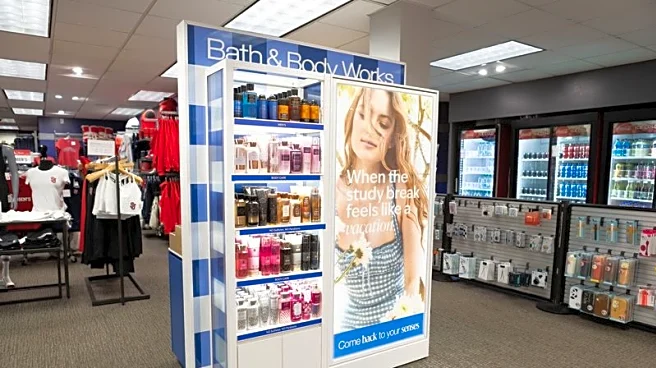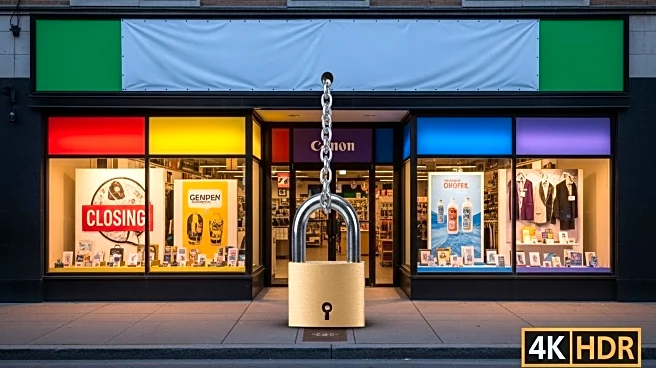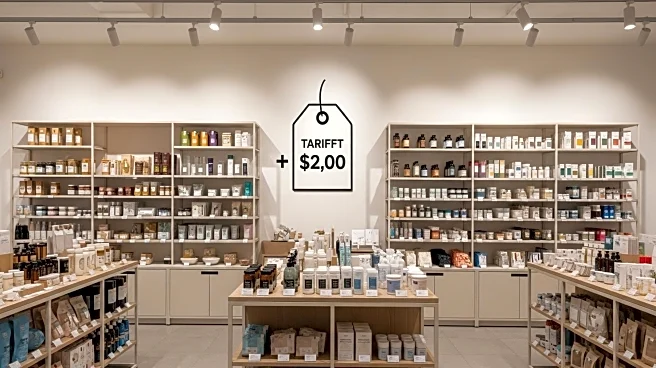What is the story about?
What's Happening?
Dollar General has reported a 5.1% increase in net sales for the second quarter, reaching $10.7 billion, with same-store sales rising by 2.8%. The company's gross profit margin improved to 31.3%, attributed to lower shrink and higher inventory markups. Despite the positive sales figures, CEO Todd Vasos noted that tariffs have begun to impact prices, although Dollar General's direct import exposure remains low. The company has raised its full-year guidance, expecting net sales growth between 4.3% and 4.8%, and same-store sales to increase between 2.1% and 2.6%. Dollar General continues to focus on delivering value to customers across all income brackets, maintaining low prices and offering over 2,000 SKUs at or below the $1 price point. The retailer has also announced Labor Day Weekend sales events, featuring discounts on outdoor gathering items.
Why It's Important?
The growth in Dollar General's revenue highlights the retailer's ability to attract customers seeking value amid economic uncertainty and inflation. As tariffs begin to affect prices, Dollar General's proactive sourcing approach and low direct import exposure help mitigate the impact. The company's focus on maintaining low prices and enhancing in-store experiences is crucial for sustaining demand, especially among lower-income customers who are most affected by economic challenges. Analysts have acknowledged Dollar General's successful transformation into a mature retailer, although concerns about tariffs and inflation remain. The retailer's ability to navigate these macroeconomic headwinds will be vital for its continued success.
What's Next?
Dollar General plans to continue its focus on reducing shrink, which has shown positive results, and expects it to be a tailwind throughout the remainder of the year. The company is also slowing unit growth and increasing its focus on in-store enhancements to improve profitability. As tariffs and inflation continue to pose challenges, Dollar General's strategies to manage costs and deliver value will be critical. The retailer's ability to adapt to changing consumer sentiment and economic conditions will determine its future performance.
AI Generated Content
Do you find this article useful?












